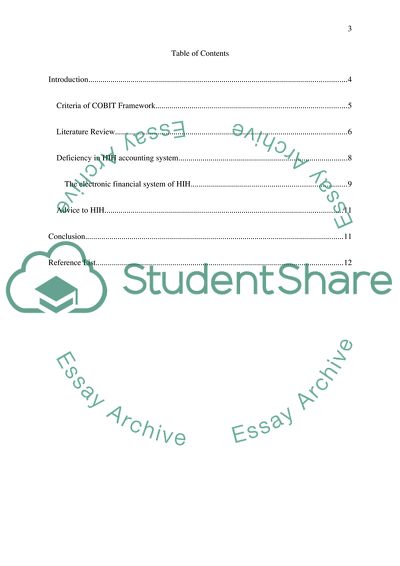Cite this document
(Control Objective for Information and Related Technology Book Report/Review, n.d.)
Control Objective for Information and Related Technology Book Report/Review. Retrieved from https://studentshare.org/finance-accounting/1855080-accounting-systems-and-assurance
Control Objective for Information and Related Technology Book Report/Review. Retrieved from https://studentshare.org/finance-accounting/1855080-accounting-systems-and-assurance
(Control Objective for Information and Related Technology Book Report/Review)
Control Objective for Information and Related Technology Book Report/Review. https://studentshare.org/finance-accounting/1855080-accounting-systems-and-assurance.
Control Objective for Information and Related Technology Book Report/Review. https://studentshare.org/finance-accounting/1855080-accounting-systems-and-assurance.
“Control Objective for Information and Related Technology Book Report/Review”, n.d. https://studentshare.org/finance-accounting/1855080-accounting-systems-and-assurance.


